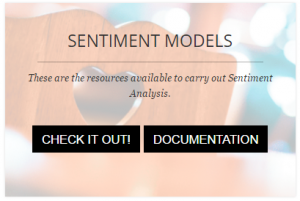
Finding committed employees is one of public and private organizations’ top priorities. Thus, listening to the Voice of the Employee by systematically collecting, managing and acting on the employee feedback on a variety of valuable topics is essential.
The relationship between Voice of the Employee (VoE) and Engagement is very similar to the one between Voice of the Customer (VoC) and Customer Experience. VoC provides information to improve customer experience. Voice of the Employee promotes employees’ engagement in the company and their work. See: Voice of the Employee, Voice of Customer and NPS
Voice of the Employee collects the needs, wishes, hopes, and preferences of the employees of a given company. VoE considers specific needs, such as salaries, career, health, and retirement, as well as implicit requirements to satisfy the employee and gain the respect of colleagues and managers.
Continue reading


 Most valuable information for organizations is hidden in unstructured texts (documents, contact center interactions, social conversations, etc.). Text Analytics helps us to structure such data and turn it into useful information. But which text analytical tools are the most appropriate for each case? When should I use information extraction, categorization, or clustering? Which applications can benefit most from Text Analytics? What are the challenges?
Most valuable information for organizations is hidden in unstructured texts (documents, contact center interactions, social conversations, etc.). Text Analytics helps us to structure such data and turn it into useful information. But which text analytical tools are the most appropriate for each case? When should I use information extraction, categorization, or clustering? Which applications can benefit most from Text Analytics? What are the challenges?
